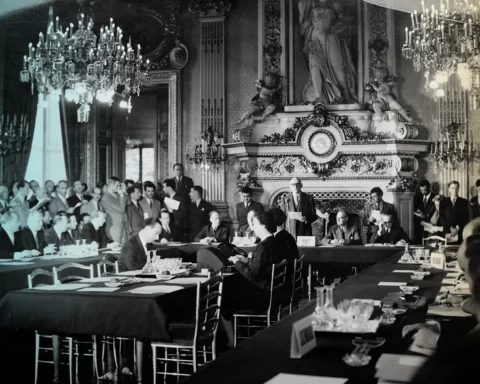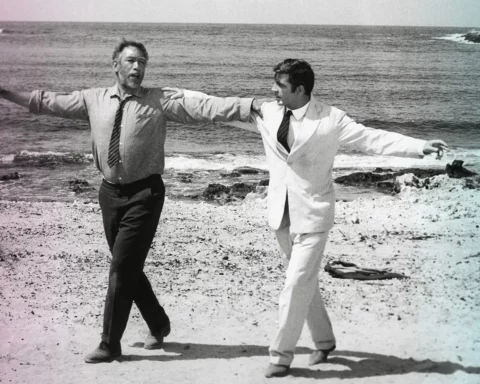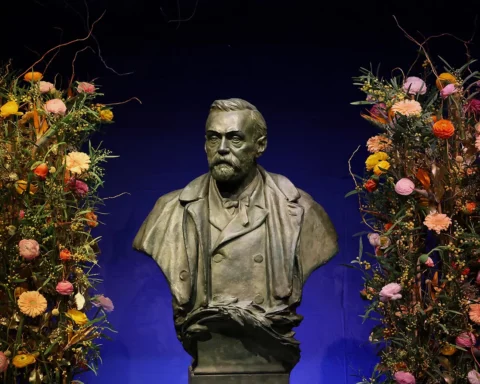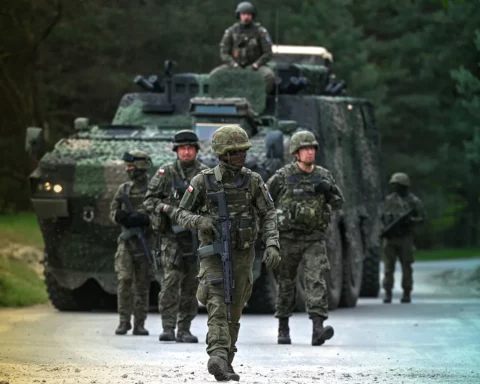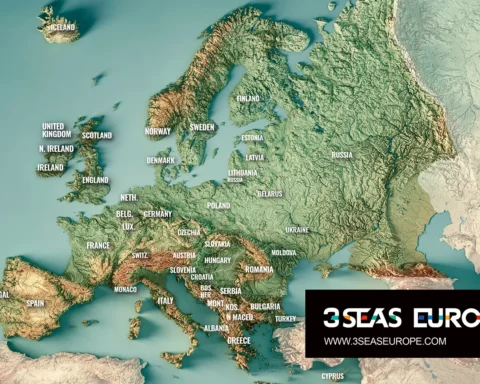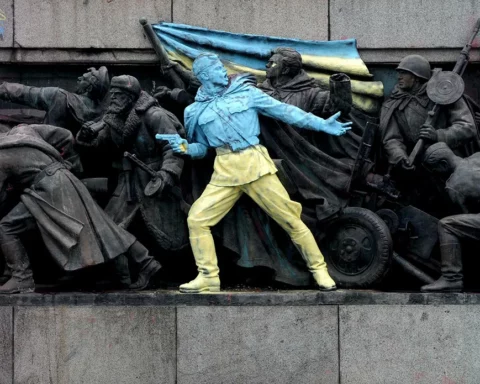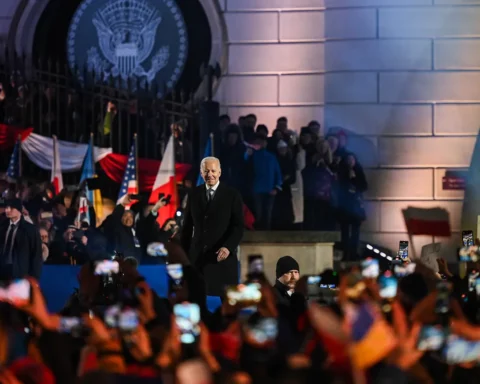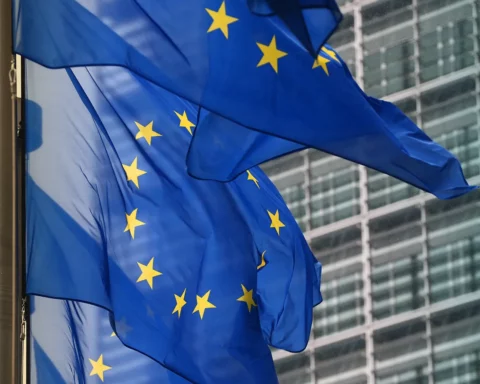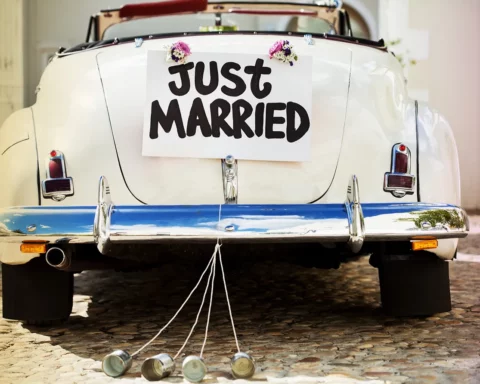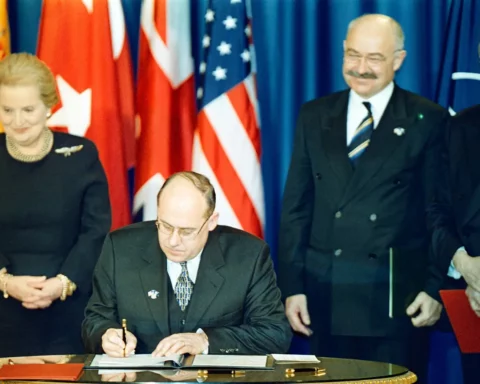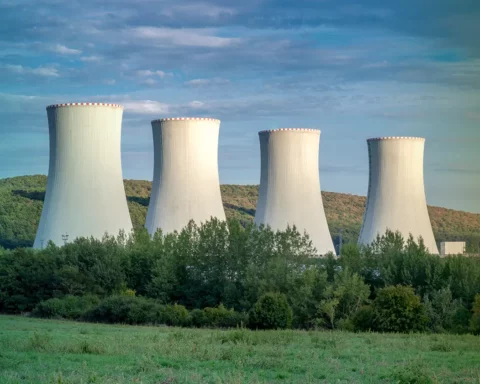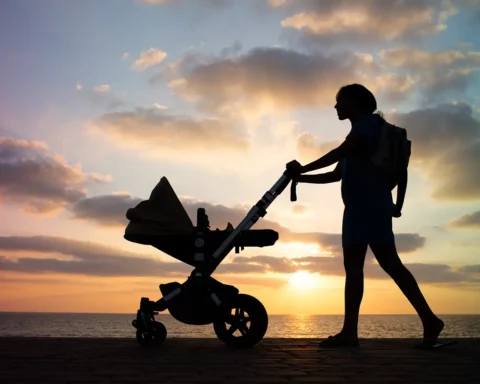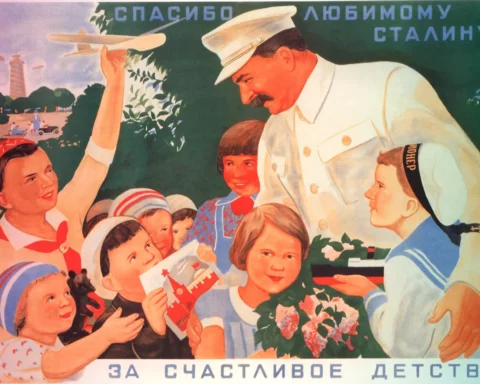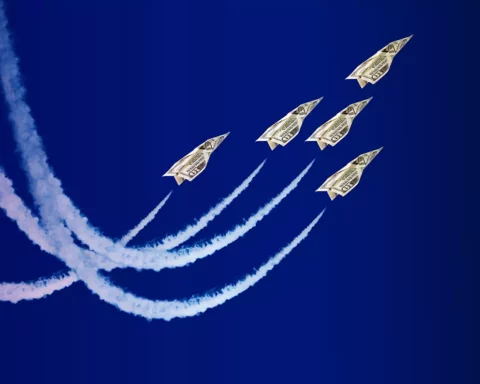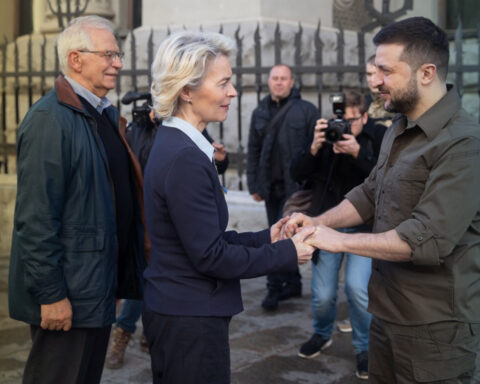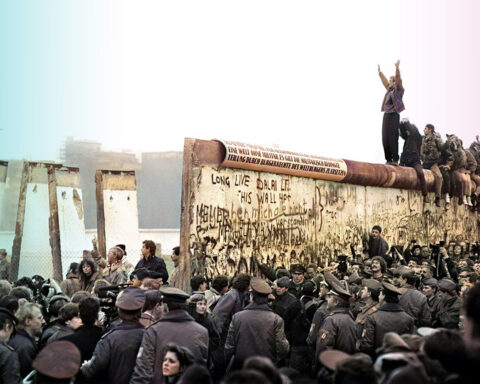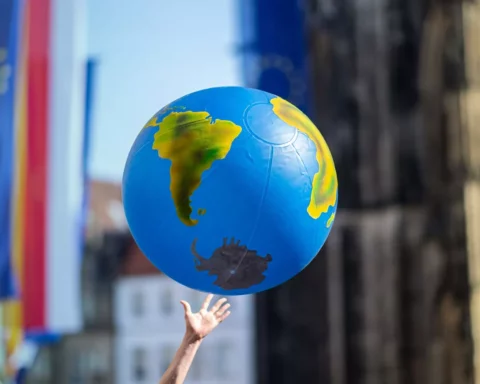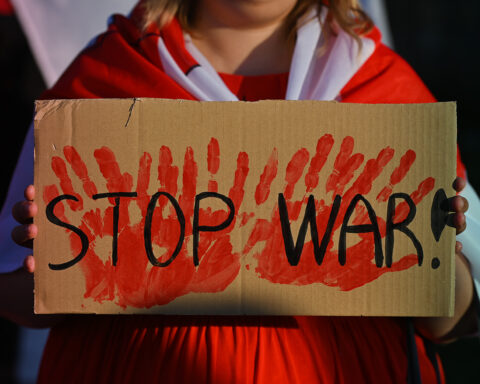In Central Europe, the acceptance of traditional EU policies is high. The situation is already different in Western European countries. These two trends will determine the future of the EU.
There are 35 million digital nomads globally. Three Seas Initiative countries are fighting hard to gain a significant share of this community.
In order to develop, Central Europe needs nothing more than innovation. Countries of the region are more and more aware of that.
Greece has become the new member of the Three Seas Initiative. Athens will bring a lot in terms of connectivity. But they also bring their own troubles.
Representatives of 13 Three Seas Initiative countries have won a total of 43 Nobel Prizes over time. Add this to the dozens of laureates who have roots in the region.
Looking at the map of rail connections in Europe, you can still see the Iron Curtain on it. But there is a chance that it will be gone by 2030, and CEE countries will have a network of high-speed rail links.
The region has been becoming a more and more desirable location for venture capital firms. The region is successfully attracting foreign investors as well as generating investment on its own.
Three Seas Initiative countries want to make the most of the economic opportunities opened up by the development of clean hydrogen technologies.
The incomes in the hands of the people in CEE countries coincide with the declared economic capacity of their homelands more than in Western European countries.
Central Europe, which has long lagged behind other parts of the continent with its transportation infrastructure, is finally getting a real chance to level the playing field.
The labor market of Central European countries is doing better than in much of the EU. In addition, it is proving highly resilient to unforeseen crises.
CEE countries have a number of holiday-specific assets. Not only nature and monuments but also well-developed infrastructure and fairly low prices.
Different Central European countries are investing heavily in the industry around electric vehicles, seeing it as an opportunity to catch up with the developmental lag from the 20th century.
A consequence of the war in Ukraine will be the need to increase defense spending. Central European countries are already starting to understand this.
Understanding of countries from Eastern Europe is more often seen in the countries of the central part of the continent than in other regions of the EU.
In Central Europe - much more often than in Western Europe - more people affirm Kundera's view that "The child makes us care about the world."
Central European countries are increasingly aware that developing their own IT capabilities will determine their position in the modern world.
The countries in the Central European region are very serious about economic freedom and supporting entrepreneurship. This is confirmed by the Index of Economic Freedom.
The attitude to history very much distinguishes Central Europe from Western Europe. The war in Ukraine means that these differences will remain present for many years to come.
Central European countries are successful in attracting investment from abroad. But they are also increasingly becoming exporters of capital for investment themselves.
The past year of the war in Ukraine was also a year of forging an awareness of the common destiny of Central Europe.
The growth rate of e-commerce in Central Europe can be seen as a kind of litmus test for the quality of cooperation in the region.
Due to its history, Central Europe is very sensitive about its own security. That is why since the outbreak of the war in Ukraine, the importance of the EU in the eyes of the people of CEE states has started declining.
The decline in the number of marriages and the rise in the number of divorces are ongoing trends in Europe. But in CEE countries, this trend is taking a much slower path. And there are examples of countries where it is even reversing.
The people of Central Europe dream of becoming ordinary, average inhabitants of Europe, its middle class. This dream is driving CEE countries - but it is also coming true more and more.
CEE countries keep their taxes lower than Western states. In this way, they effectively bridge the gap in economic development between the two parts of Europe.
People living in Three Seas countries are much less prone to taking loans than citizens of Western European countries. This division is so strong that it goes beyond simple economic choices.
Central Europeans have bigger trust in international institutions than in their own national ones. The best evidence of how slowly social stereotypes evolve.
Until 1989, Europe was partitioned by the Berlin Wall. Now, it is divided by the Great Wall of China. CEE countries are looking at Beijing with caution, but Western European states are looking for business opportunities with China.
It looks like the renaissance of nuclear technology is beginning. Countries in the Central European region are leading the way.
The Czech Republic has recorded a gradual increase in the number of children born in the country - proof that an effective pro-natalist policy can be pursued. It seems that the key is maintaining respect for the value of the family.
There is undoubtedly more optimism in Central Europe, looking at the future through much brighter glasses. This applies to the labor market - but not only.
The countries of Central Europe still have not shaken off the stigma left on the region by the two forms of totalitarianism that dominated the 20th century: Nazism and Communism.
Women in Central Europe have long played an important role in the home and also in public spaces. Centuries of fighting for independence, defending against the Nazis and the communists have meant that women in this part of Europe have emancipated themselves in many fields relatively quickly compared to other parts of the world.
Central European countries were the first to experience the shock of neighboring an open, full-scale war. But watching their reaction also shows that they will be the first to adapt to the new reality.
The war in Ukraine has highlighted cardinal differences between democracy and autocracy. In reaction, citizens of Central European states started looking for closer relations with the West - but in the knowledge that the West is also divided on many issues.
CEE countries lost almost 50 years stuck on the wrong side of the Iron Curtain. Although the Berlin Wall fell more than three decades ago, they still have not managed to make up for the years wasted by communism.
Countries with the right balance between services and manufacturing economies are more resilient to various shocks. This is the lesson from the crises in the last two years, and Central Europe has done its homework.
People from Central European countries are more attached to their personal liberty than Westerners. This is one of the consequences of almost 50 years of communism in the region.
For many years Europe has been deeply divided over attitudes to war. Russia's aggression in Ukraine showed that Central European countries were more realistic about the risk of armed conflict.
Central European countries have become hubs for the automotive industry in recent years. Now, we are entering an era of turbulence when traditional business models will be deeply reshuffled, creating challenges and possibilities in the automotive sector.
For many years, post-communist Central Europe could only watch other regions of the world prospering thanks to the rapid development of the digital market. Oh, how times have changed.


